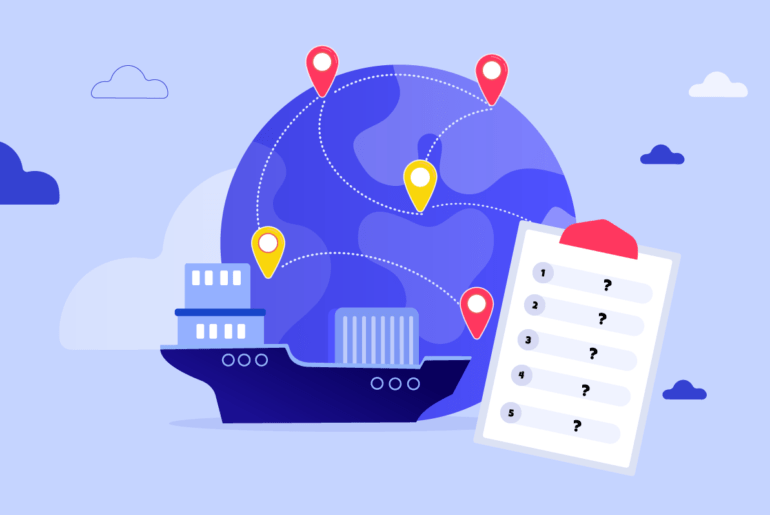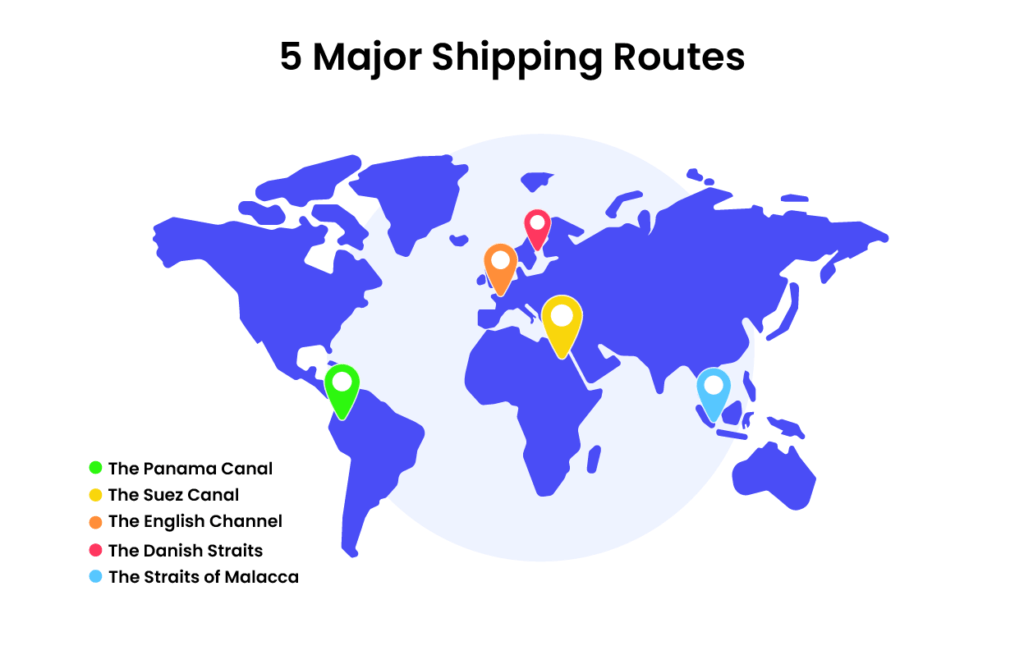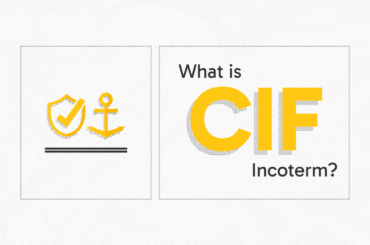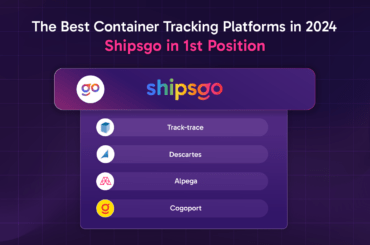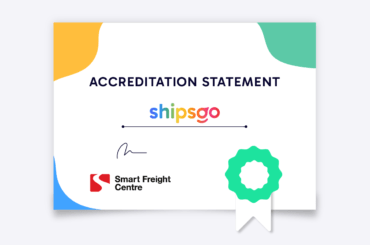A large part of world trade takes place in maritime transportation and shipping routes. The additional areas provided by the maritime industry increase this trade volume and create a wide trade network. In support of these points, according to the IMO, about 90% of the world trade depends on transporting goods by seaway transportation.
There are essential parts in the functioning of world trade and maritime transportation. Ports, forwarders, carriers, digital service providers (for example, container tracking service), and workers are a big part of the pie.
We have published articles about these topics on the ShipsGo Blog, and now we will touch on a new point: Major Shipping Routes.
The Most Important 5 Shipping Routes for Global Trade
We are going to list 5 major international shipping routes for global trade. These routes connected between countries, continents, and important ports.
Let’s dive into the most important five shipping routes and information about these routes.
1- Panama Canal – Asia and the United States
The Panama Canal is the most significant trade route between Asia and the US. Its busiest trade route is Asia-East Coast US. The Panama Canal is a direct connection point for ships traveling between the Atlantic and Pacific oceans.
Every vessel saves anywhere between 2,000 and 8,000 nautical miles on every trip. The artificial shipping route reduces the journey by 8,000 miles, and the 67-day transit time is 10 hours. The route is used by close to 14,000 ships every year. The route was expanded in 2016, allowing larger vessels of up to 14,000 TEUs to pass. This increased the amount of cargo traveling on this trade lane.
2- Suez Canal – Asia and Europe
The Suez Canal is the most famous sea route in the world, and it is the fastest and shortest way to travel between Asia and Europe via the Red Sea (Atlantic Ocean and Indian Ocean). This way, the transit time of 24 days is reduced to 16 hours. The shorter travel time helps to reduce shipping emissions and gets your shipment to the destination faster.
Every day, 100 ships pass the canal for global trade. Due to the volume of trade between Asia & Europe, the biggest container ships will be deployed on this route once they are in service. The 2021 Suez Canal problem was a huge block to global trade.
3- English Channel – Europe and the United Kingdom
The English Channel connects the North Sea to the Atlantic Ocean. It is an essential trade volume connection between Europe, the UK, and North America. Over 500 ships pass this channel every day.
This route reduces transport time by 210 minutes, bringing it down to 90 minutes. The British port of Dover is on the British shore, and the French port of Calais is on the French side. This is due to the large number of vessel movements along this route.
4- Danish Straits – Russia and Europe
The Danis Straits connect the Baltic Sea and comprise three channels. Oresund, Great Belt, and Little Belt are the three channels that connect the Baltic Sea to the North Sea.
These are essential transit points for trade between Russia and Europe. Petroleum and natural oil comprise the most significant shipments through this strait.
5-The Strait of Malacca – Intra and Asia
The Strait of Malacca is a significant shipping route into and out of Asia. It forms the most substantial and central passageway between the Indian and Pacific oceans. It is an important shipping route because it connects the many largest economies in Asia: India, China, Japan, and other Asian countries.
The port handles about 50,000 vessels annually, one quarter of all seaway traffic worldwide. The Strait of Malacca has a significant economic impact on China’s trade volume. It is a major route for the Middle East’s energy products and raw materials and those from Africa, where China has invested millions of money into mining and infrastructure.

How Can I Manage the Transit Times in Shipping Routes?
ShipsGo’s Service Finder Premium and the ShipsGo Container Tracking System can significantly improve your ability to manage transit times on shipping routes. ShipsGo’s comprehensive solution is designed for beneficial cargo owners and forwarders looking to streamline shipping operations. With Service Finder Premium, you can quickly access different shipping service options. You can choose the best route and carrier for your particular needs. Container Tracking also allows you to manage one dashboard and track your shipment in real time tracking to be fully aware of its progress and make necessary adjustments. This integrated system saves you time and resources and increases the reliability, efficiency, and effectiveness of your shipping operation.
